
At North Western Dermatology our purpose built facility allows for minor surgery to be performed under local anaesthetic in a safe and comfortable environment.
Dermatologic surgery includes biopsy techniques used to sample the skin, the excision of skin cancers and moles, and the use of various methods to repair the skin and remove blemishes.
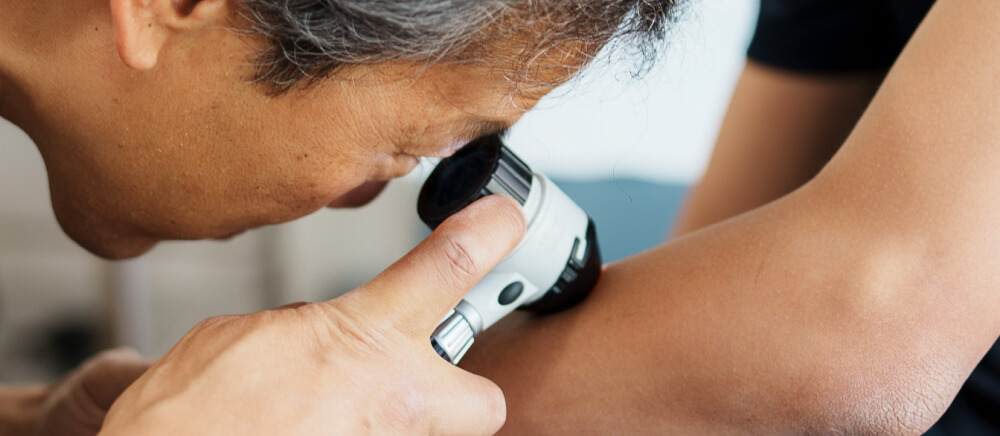
Skin cancer detection and treatment form a significant part of our practice. Basal cell carcinomas (BCCs) can lead to disfiguring ulcers if left untreated. Squamous cell carcinomas (SCCs), though generally considered low-grade tumors, can occasionally pose serious risks. Melanomas, although less common, are potentially life-threatening and require prompt attention.
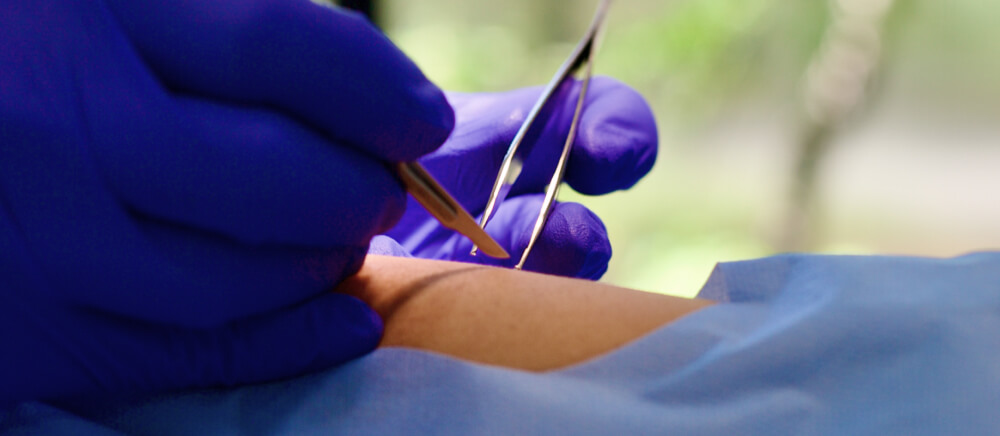
The majority of skin cancers can be safely removed by surgery performed under local anaesthetic.
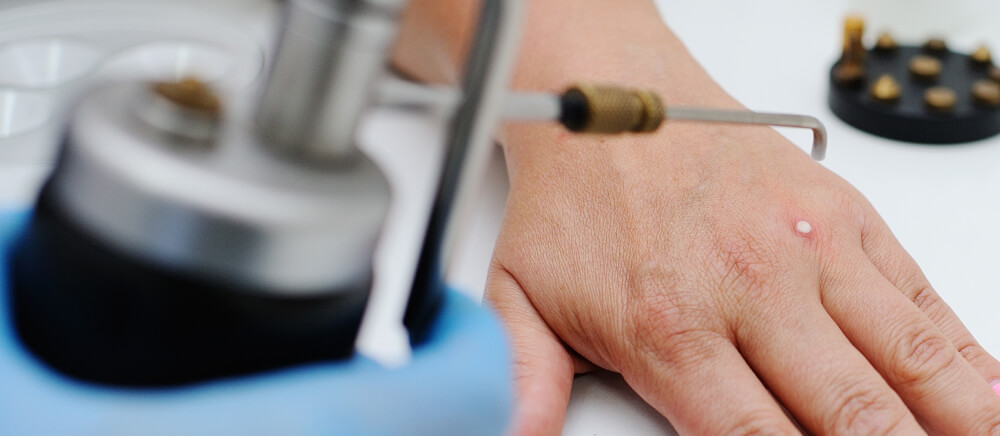
Dermatologists can remove moles, cysts, and other benign skin lesions following a thorough discussion about the expected cosmetic outcome.
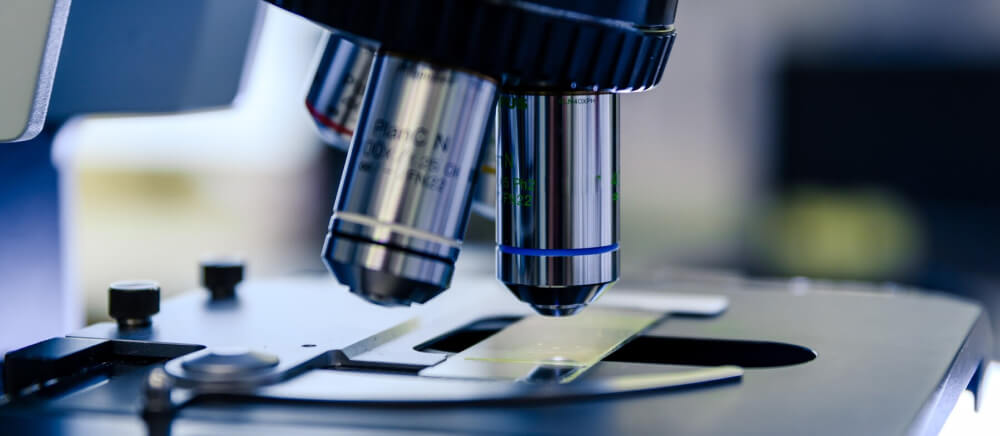
A skin biopsy may be necessary for further analysis by a skin pathologist under a microscope to accurately diagnose the cause of a rash or to determine whether a spot is benign (harmless) or malignant (cancerous).
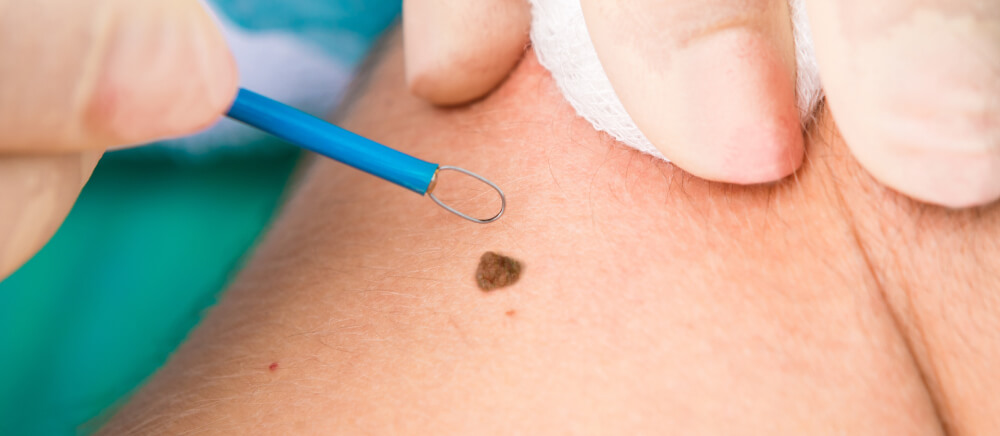
In some cases, a skin spot can be removed using curettage and cautery, a technique that employs a sharp, loop-shaped instrument called a curette. Another option is shave excision, where the spot is removed with a blade, creating a shallow wound that heals without the need for stitches.
© 2006-2024 North Western Dermatology
Photography by Ayooluwatomiwa Oloruntoba